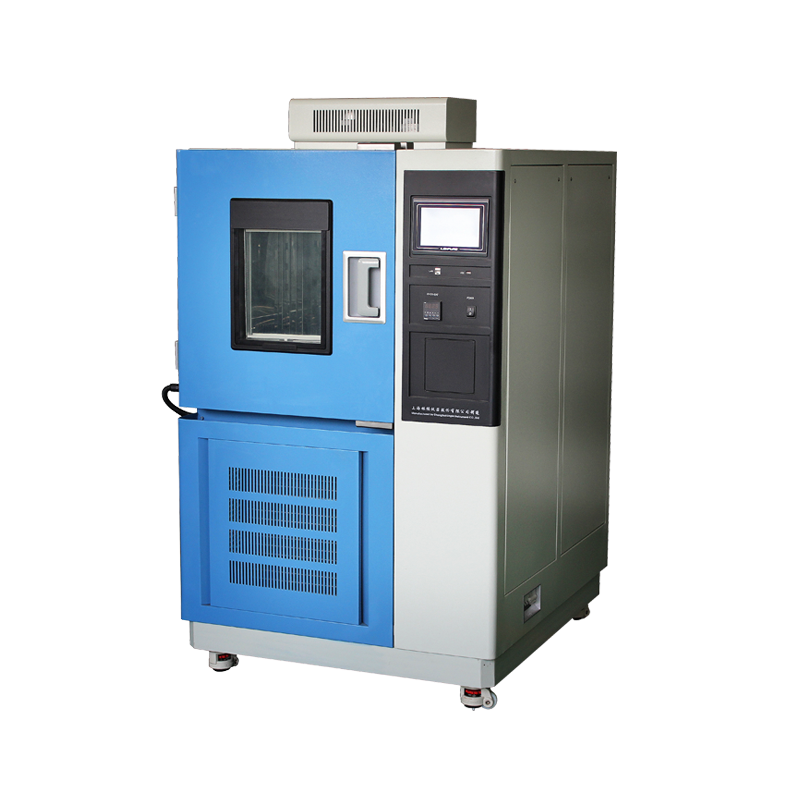
Previously, we have discussed many technical aspects of temperature cycling test chambers. Today, we will share methods for detecting leaks in these chambers. Specifically, there are four main approaches to check for leaks.
Leak Detection Method 1: Soap Water Test
To check for gas leaks, wipe the suspected area with a clean cloth, then apply soapy water evenly around the inspection area using a clean brush. Observe whether bubbles form—if bubbles appear, it indicates a leak.
Leak Detection Method 2: Water Immersion Test
This method is typically used to inspect components such as compressors, condensers, and evaporators. The procedure is as follows:
Fill the evaporator and condenser with nitrogen at 0.8 MPa and 1.9 MPa, respectively (for heat pump systems, both should be pressurized to 1.9 MPa).
Submerge the test object in water at 50°C (lower water temperatures increase surface tension, making minor leaks harder to detect, so warm water is preferred to reduce surface tension).
Observe whether bubbles emerge. Ensure adequate lighting and a calm water surface.
The observation period should exceed 30 seconds, with the test object submerged at least 20 cm below the water surface.
If a leak is found, the affected area must be dried before repair welding.
Leak Detection Method 3: Visual and Tactile Inspection
Temperature cycling test chambers commonly use R23 refrigerant, which mixes with lubricating oil. Therefore, if R23 leaks, lubricating oil will also seep out.

Visually inspect or touch the suspected area for oil traces.
For minor leaks, use a white glove or white paper to wipe the area—any leakage will leave visible oil stains.
Leak Detection Method 4: Pressure Retention Test
After welding or repairing the cooling system:
Inject 1.5 MPa nitrogen, followed by refrigerant.
Close the three-way service valve (ensuring the valve itself does not leak).
Monitor the pressure gauge for 48 hours.
If the pressure remains stable, the system is leak-free.
If the pressure drops, a leak exists, and Method 1 (soap water test) should be used to locate it.
These methods ensure efficient and accurate leak detection, maintaining the chamber’s performance and reliability.